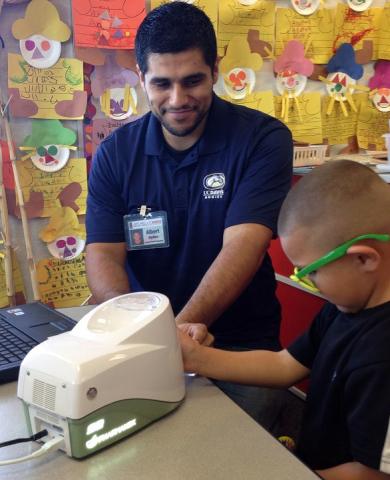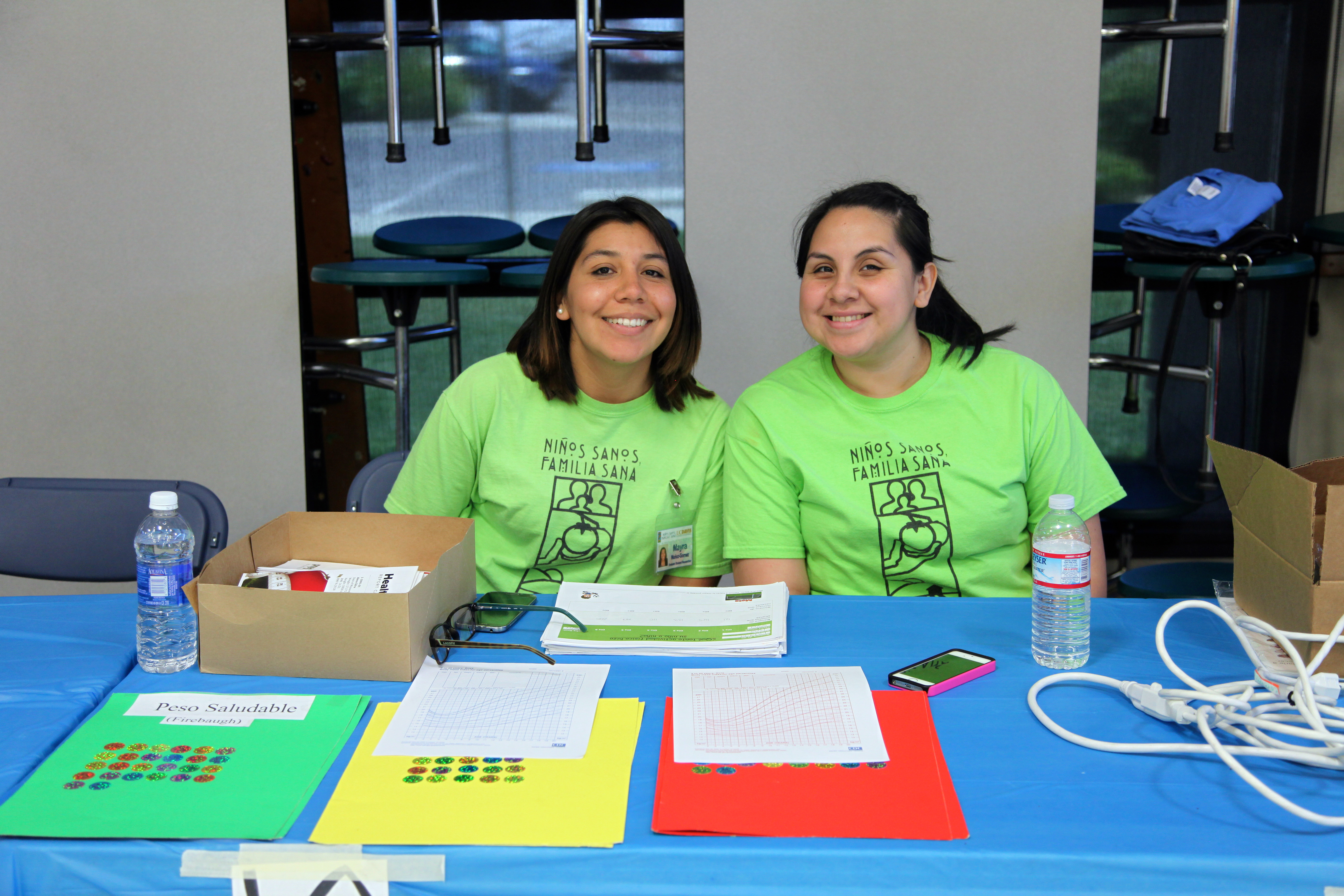Prevalence of childhood obesity is higher (22.4%) in Latino children ages 2-19 years than in non-Latino white children (14%). Obesity rates have recently decreased among 2-5- year- olds nationwide. However, racial and ethnic health disparities persist and indicate the urgency of early prevention efforts in high-risk communities.
In 2012, The University of California, Division of Agricultural and Natural Resources (UC ANR) specialists and advisors joined UC Davis faculty and students to conduct a childhood obesity prevention study. The study was done in a rural community in California’s Central Valley. The study was funded by the US Department of Agriculture. The Niños Sanos, Familia Sana, (Healthy Children, Healthy Family) was a three-year, community-based intervention. The intervention included a monthly voucher to buy fruits and vegetables, an enhanced physical activity program at school, and nutrition education to Mexican-heritage parents with children ages 3-8 years old. A comparison community received non-nutrition related educational programs.
The main goal of the intervention was to slow down weight gains in overweight, Mexican-heritage children, residing in an agricultural community. Other expected outcomes among children included increased consumption of fruit and vegetables and decreased consumption of high-fat, high-sugar foods. The UC ANR specialist and advisors developed culturally-adapted lessons in collaboration with the community and provided oversight of the parent nutrition education program over three years. UC CalFresh and the Expanded Food and Nutrition Education Program provided school-based nutrition education to intervention children. Five hundred and forty-four families and 700 eligible children participated in the study.
Study slows weight gain and improves dietary patterns
This community-based intervention was effective in slowing weight gain in children who were obese at the beginning of the study. By the third year, obese boys and girls in the intervention community had significantly slower increases in body mass index than children in the comparison community.
Findings also show a significant decrease in the frequency of consuming energy dense foods (fast food and snack food items) among the intervention children but no change in comparison children (p <0.008). Interviews with the school staff in the intervention community revealed several important environmental changes, prompted by the NSFS program. This project also produced a culturally-adapted child obesity prevention curriculum, a policy brief on water quality, and a new validated tool for dietary assessment in Mexican-heritage pediatric populations.
Testimonial
City Council member and local physician, Dr. Marcia Sablan, commented, “The Firebaugh City Council has a goal of showcasing the healthy lifestyle available to our community.” Dr. Sablan added that the city leaders’ commitment to supporting healthy lifestyles resulted from Firebaugh’s participation in the Niños Sanos, Familia Sana study.
This article was submitted by UC CalFresh Nutrition Education Program, a SNAP-Ed agency. For more information, contact Marcel Horowitz.



